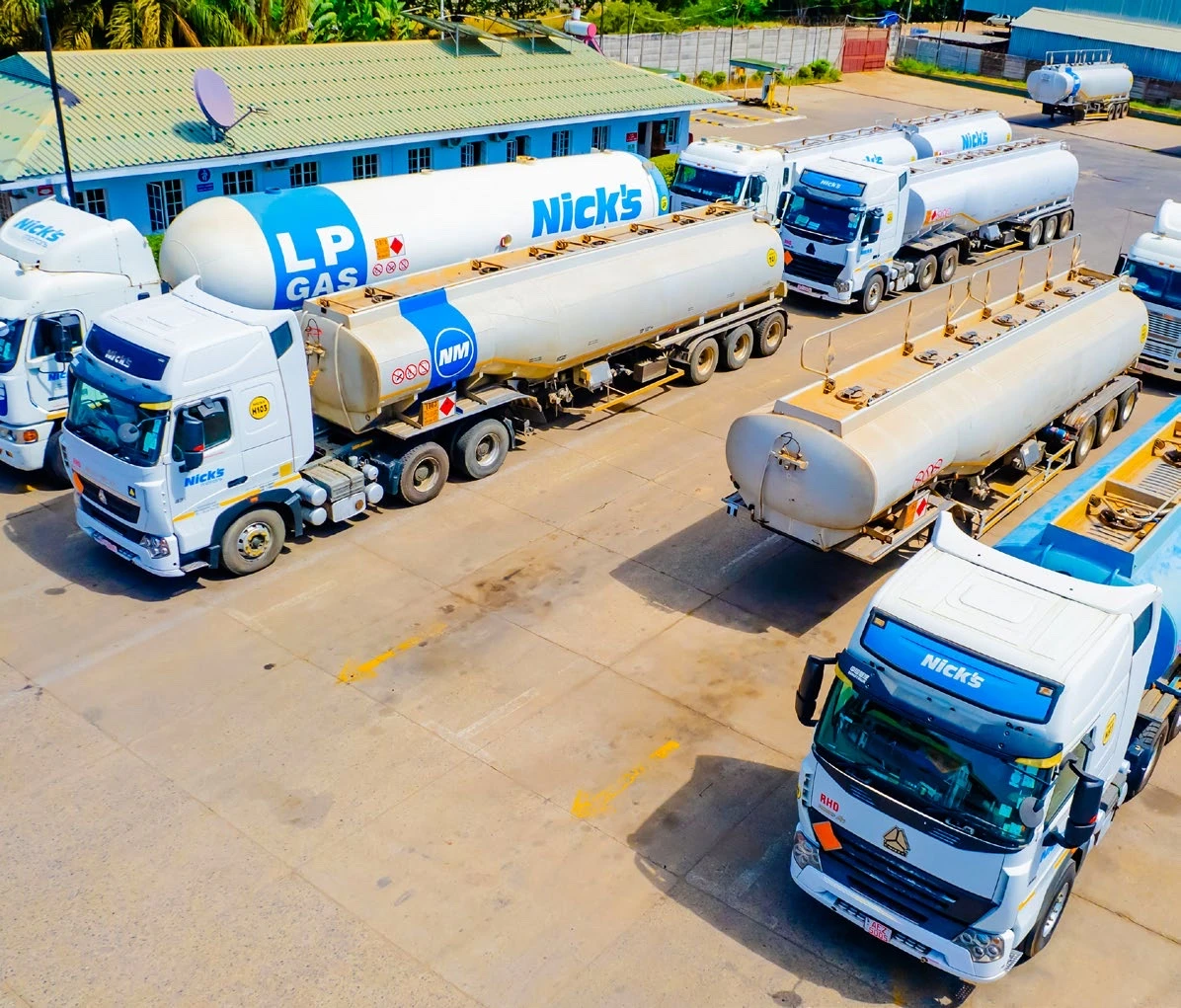The growth of Zimbabwe’s fuel distribution and logistics sector is a story of huge potential based on a growing economy and increasing vehicle ownership that are creating demand.
Fuel distribution and logistics form the backbone of Zimbabwe’s economy.
These sectors keep the wheels of industry turning, ensuring essential goods reach store shelves and people get where they need to go.
The government’s role, hurdles, and technology:
The recovering Zimbabwean economy is driving the demand for fuel.
More people are buying cars, and businesses require transportation, leading to increased fuel consumption.
This necessitates a robust distribution network.
Additionally, government initiatives like ethanol blending offer opportunities for local fuel production and potentially less reliance on imports.
However, significant hurdles impede smooth growth.
One of the major constraints is that outdated storage facilities and an inadequate pipeline network increase inefficiencies and raise transportation costs.
Another challenge is the prevalence of informal fuel markets.
While they may temporarily fill supply gaps, they pose safety hazards and deprive the government of revenue.
Cracking down on these markets requires a more efficient formal distribution system.
However, technology offers a glimmer of hope.
Embracing digital solutions for fuel management and logistics optimisation can streamline operations and improve transparency.
Mobile payment systems can also expedite transactions and reduce reliance on cash.
Fuel imports and their distribution and logistics:
Zimbabwe relies heavily on imported fuel, primarily refined products like petrol, diesel, and liquefied petroleum gas (LPG).
The fuel enters the country through a few key points, primarily ports in neighbouring countries like Beira (Mozambique) and Durban (South Africa).
From there, it’s transported to storage facilities in major cities like Harare, Bulawayo, and Mutare.
The fuel distribution follows a well-defined chain, which includes importation, where companies like the National Oil Company of Zimbabwe (NOCZIM) handle the procurement and import of fuel.
Storage comes in where the bulk storage facilities at key locations hold imported fuel before distribution.
Wholesale distribution involves licenced companies that will pick up bulk fuel for transportation.
Retail distribution is the last, and it is the stage where fuel reaches consumers through petrol stations spread across the country.
Some of the local players:
Logistics play a vital role in ensuring fuel reaches its destination efficiently and involve a robust road transport infrastructure.
Some local and leading companies like Darwizi Transport, Nicks Motors, and FBM Haulage come to the forefront here, utilising tankers to transport bulk fuel across the country.
Darwizi Transport is a leading name in fuel transportation, boasting a large fleet of tankers and extensive experience navigating Zimbabwe’s roads.
Their efficient operations ensure timely deliveries across the country.
Nicks Motors plays a vital role in fuel distribution.
Their fleet of tankers keeps fuel flowing to various destinations, ensuring businesses and consumers have access to what they need.
FBM Haulage offers fuel transportation services along with other goods.
Their expertise in navigating complex logistics helps keep fuel deliveries on schedule.
The future:
The future:The future:
The future of Zimbabwe’s fuel distribution and logist hinges on overcoming inherent challenges. Streamlining foreign currency access, investing in infrastructure development, and fostering a stable regulatory environment are crucial.
Additionally, promoting formal distribution channels and embracing technological advancements are vital for a more efficient and sustainable sector.
The future will also depend on collaboration between stakeholders.
We might see a lot of investment in infrastructure that is already occurring, like the Feruka Pipeline, which is currently being constructed and is 70% complete.
Upgrading and maintaining roads will streamline transportation, reducing costs and delays.
Other things to consider are the implementation of technology for fleet management, route optimisation, and real-time tracking, which can improve efficiency.
Public-private partnerships (PPPs) are becoming a common trend.
Collaboration between government and private companies can foster investment and innovation in the sector.
The sector has the potential for growth, driven by a rising economy and increasing demand, but has to withstand significant challenges like foreign currency shortages, infrastructure limitations, and informal markets that must be addressed.
Also, by implementing strategic solutions and embracing innovation, Zimbabwe can unlock the true potential of this vital sector and ensure a smoother journey for the future.
Text by Martin Chemhere

